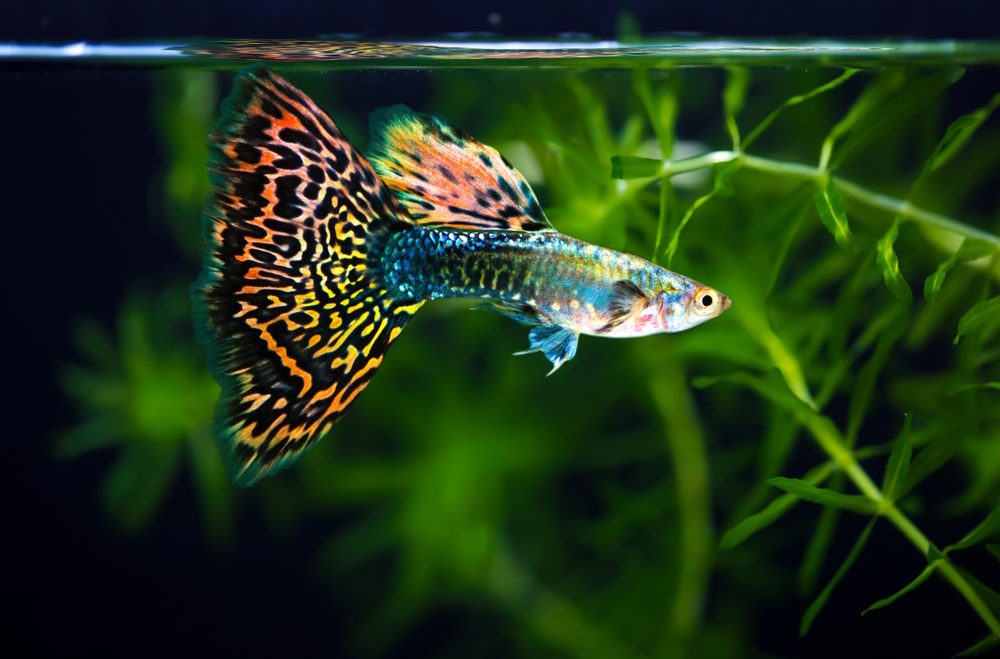
Smart Ways to Enhance Shrimp in Ocean Fishing in 2025
As we dive into the future of ocean fishing, enhancing the role of shrimp within this context is crucial. Shrimp fishing is not only vital for culinary purposes but also plays a significant role in ecological systems and economic markets. This article will explore innovative methods and strategies to optimize shrimp species management, their habitats, and fishing techniques for a sustainable future. Understanding shrimp behavior, nutrition, and farming techniques will allow fishermen and aquaculture operators to make informed decisions, ensuring the health of shrimp populations and enhancing shrimp sales.
Moreover, we will delve into shrimp migration patterns, their ecological significance, and the best shrimp cooking techniques to maximize their culinary potential. With a growing demand for shrimp globally, it is vital to prioritize sustainability and ethical practices in the shrimp industry. Join us as we navigate through the smart ways to maintain and enhance shrimp in ocean fishing for 2025 and beyond.
Key takeaways from this article include:
- Insights into shrimp habitat and species management.
- Technological advancements in shrimp farming and fishing methods.
- Health benefits and culinary uses of shrimp.
- Conservation efforts and sustainability measures in shrimp aquaculture.
Essential Techniques for Sustainable Shrimp Fishing
To achieve a successful shrimp fishing practice, it is essential to adopt sustainable techniques. These include using scientifically managed catch quotas, promoting the use of eco-friendly fishing gear, and practicing responsible fishing methods that minimize environmental impact. Sustainability in shrimp fishing not only protects the ocean ecosystem but also ensures long-term shrimp populations, fostering a stable shrimp market.
One effective method of sustainable shrimp fishing is the implementation of bycatch reduction devices. These tools help minimize the capture of non-target species, allowing fishermen to focus on shrimp populations while protecting marine biodiversity. Additionally, educating local fishing communities about the impact of overfishing and encouraging them to adopt sustainable practices is vital for conservation efforts.
With advancements in marine biology, researchers are continually developing new approaches to understand shrimp behavior and their habitats better. Utilizing this knowledge allows fishers to target migratory shrimp species during their peak migratory periods, enhancing catch efficiency without depleting populations.
Understanding Shrimp Habitat and Migration Patterns
Understanding the habitat and migration patterns of shrimp is crucial for successful fishing operations. Shrimp typically inhabit coastal areas, estuaries, and shallow waters. They require specific environmental conditions, such as suitable salinity levels and vegetation for shelter and breeding.
Migration patterns play a significant role in the distribution of shrimp species. Wild shrimp often migrate between freshwater and marine environments depending on their life cycle stage. To enhance shrimp populations, fishermen must be aware of these migration trends and time their harvesting efforts accordingly. For example, targeting shrimp during spawning migrations can increase catch volume and ensure healthy future populations.
In addition to natural migration, advancements in shrimp farming techniques can also aid in sustaining shrimp populations. By creating controlled environments that mimic natural habitats, aquaculture operations can support shrimp growth while mitigating environmental impacts. Understanding shrimp distribution throughout various marine habitats also aids in improving fishing methods and practices.
Emphasizing the Nutritional Benefits of Shrimp
Besides being a culinary delight, shrimp is also known for its nutritional richness. Incorporating shrimp into a balanced diet offers numerous health benefits, including high protein content, low fat levels, and essential vitamins and minerals. This section highlights the health advantages of shrimp and its increasing popularity in various cuisines worldwide.
Research indicates that shrimp is rich in omega-3 fatty acids, which are vital for heart health. Additionally, shrimp are a good source of selenium, a mineral that has antioxidant properties. These nutritional benefits make shrimp an appealing choice for consumers, encouraging sustainable shrimp farming techniques to meet rising demand.
Culinary trends also play a significant role in the growth of the shrimp market. Popular shrimp dishes, such as shrimp cocktails and garlic shrimp, showcase the versatility of this seafood. As shrimp continues to gain popularity across different cultures, emphasizing its health benefits and culinary uses is crucial for enhancing shrimp sales and market presence.
Innovative Shrimp Farming Techniques
As the demand for shrimp increases, innovative farming techniques are being developed to enhance shrimp growth while minimizing environmental impact. Smart aquaculture practices, such as integrated multi-trophic aquaculture (IMTA), allow for the co-cultivation of shrimp with other aquatic species, creating a balanced ecosystem that improves shrimp health and productivity.
Furthermore, advancements in shrimp feed technology are contributing to sustainable shrimp farming. By utilizing plant-based feeds, farmers can reduce reliance on fishmeal, thus promoting environmental conservation. This shift in shrimp farming practices ensures that shrimp are not only sustainable but also healthy for consumption.
There are also monitoring systems in place that enable farmers to track shrimp health, growth patterns, and environmental conditions. By leveraging technology, shrimp farmers can make data-driven decisions, leading to better management practices and improved shrimp populations.
Enhancing the Culinary Uses of Shrimp
The culinary uses of shrimp are vast, making it an incredibly popular ingredient in various dishes worldwide. With its unique taste and texture, enhancing shrimp dishes can be achieved through various cooking methods, including sautéing, grilling, or boiling.
Some common shrimp recipes highlight the versatility of this seafood. For instance, shrimp scampi, shrimp tacos, and shrimp paella showcase the myriad ways shrimp can be prepared. Utilizing fresh herbs, spices, and complementary ingredients can significantly enhance the flavor profile of shrimp dishes.
Marination is a key step in optimizing shrimp taste and texture. Simple mixtures of olive oil, garlic, and citrus juice can elevate a simple shrimp recipe into a culinary masterpiece. Understanding how to keep shrimp fresh after purchase is also essential, as proper storage keeps the shrimp's taste and texture intact.
Cooking shrimp correctly is crucial in achieving the right texture and flavor. Overcooking shrimp can lead to a rubbery consistency, making it imperative to master cooking times. Overall, shrimp's culinary potential is immense, and promoting its diverse uses can lead to increased shrimp consumption and appreciation.
Future Trends in Shrimp Conservation and Market Growth
Conservation efforts and sustainable practices will shape the future of the shrimp industry. With an increasing focus on the environmental impact of seafood production, the shrimp industry must prioritize sustainability. Environmental research on shrimp populations puts a spotlight on the ecological implications of shrimp farming and catches, making conservation a priority.
As consumers become more environmentally conscious, they are opting for sustainably farmed and wild-caught shrimp. Thus, the future of shrimp aquaculture relies on meeting these demands while ensuring healthy shrimp populations. The growth of markets for sustainably sourced shrimp is a trend worth noting, as it empowers consumers to make informed choices.
Market research indicates that shrimp consumption patterns will continue rising globally, leading to increased shrimp exports and imports. Innovations in shrimp farming and management practices will help meet this rising demand while adhering to environmental regulations and fostering ecological balance.
Q&A: Common Questions About Shrimp in Ocean Fishing
What is the difference between wild-caught and farmed shrimp?
Wild-caught shrimp are harvested from their natural habitats, while farmed shrimp are raised in controlled environments. Both have distinct flavor profiles and environmental impacts.
How does shrimp farming affect ecosystems?
Sustainable shrimp farming minimizes negative impacts on ecosystems. Overfishing and poorly managed farms can lead to habitat destruction and loss of biodiversity.
What are the main cooking methods for shrimp?
Popular cooking methods for shrimp include boiling, grilling, sautéing, and steaming. Each method offers different textures and flavor profiles.
How do you keep shrimp fresh?
To keep shrimp fresh, store them in the coldest part of the refrigerator and consume them within a couple of days. For longer storage, freezing is advisable.
Are there health concerns related to shrimp consumption?
Some individuals may have shrimp allergies. Moreover, sourcing shrimp from reputable suppliers can mitigate concerns regarding contaminants or unethical practices.

